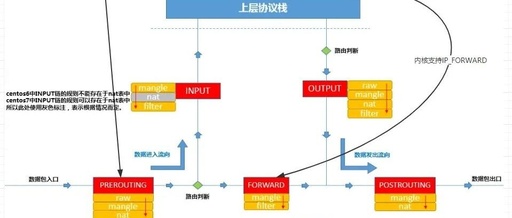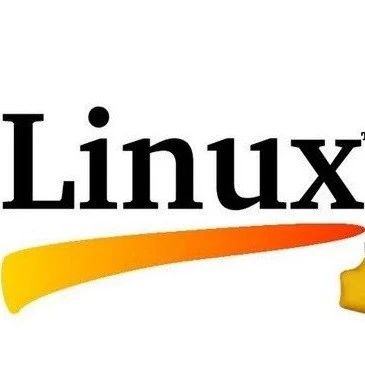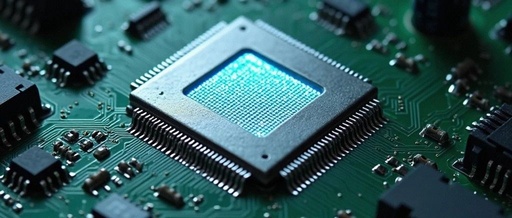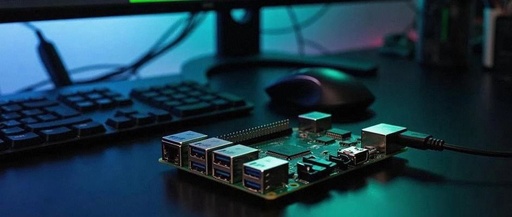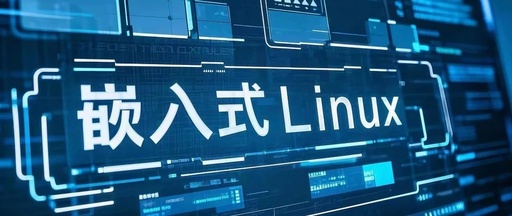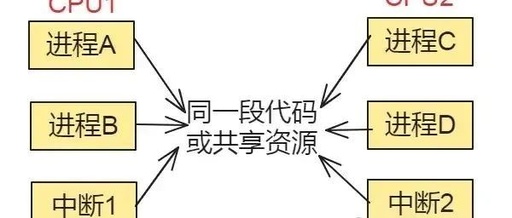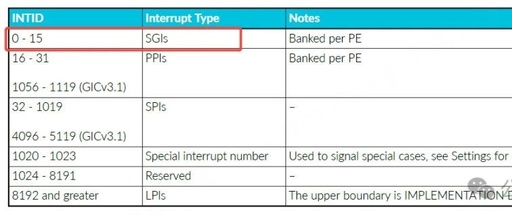In-Depth Understanding of ip rule: Managing the Routing Policy Database in the Linux Kernel
ip rule manages the rules of the routing policy database in the Linux kernel. Through these rules, complex routing decisions can be made, such as routing based on source address, destination address, protocol type, and other conditions. Command Format ip [ OPTIONS ] rule { COMMAND | help } ip rule [ show [ SELECTOR … Read more
